ICCA Best 6 Corkscrews of 2010
Best 6 of 2010:
- Three and a Half Window Thomason Variant
- Four Pillar Steel Thomason
- “Rotton” Champagne Corkscrew
- 18th Century “Singleton” Bow
- Rare Variant of Hulls Presto Corkscrew
- Alfred Vincent Newton Ratchet Corkscrew
1. Three and a Half Window Thomason Variant
A very rare variation of Edward Thomason’s English patent from 1802. Marked on the applied coat of arms “Ne plus ultra Thomason’s patent” and also marked on the button.
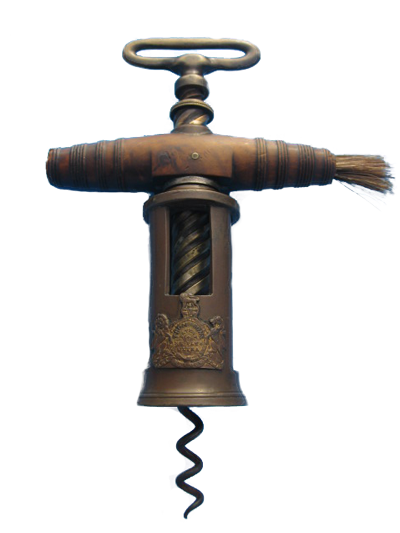
2. Four Pillar Steel Thomason
A rare steel variation of Edward Thomason’s English patent from 1802 unmarked. The mechanism is very, very smooth. The four pillars are secured to the neck ring using four small screws, rather than the more usual rivets.
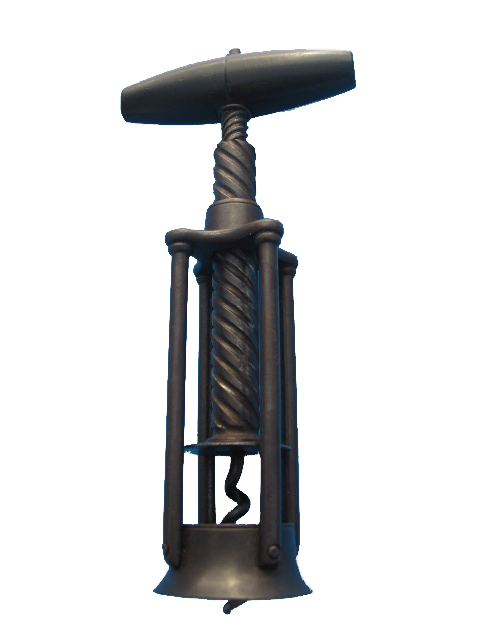
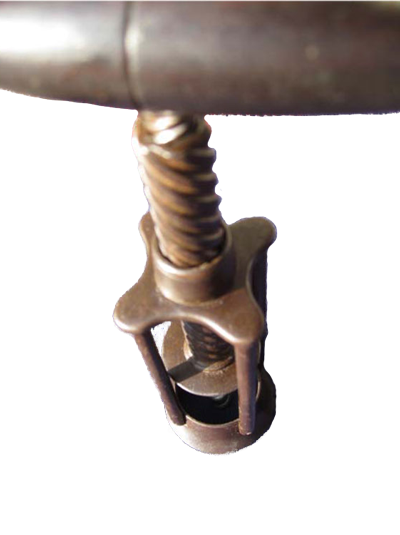
3. “Rotton” Champagne Corkscrew
A champagne corkscrew made by “Rotton”. Possibly 18thc (research in progress). Interestingly there is a plume of ostrich feathers and the letters” PW” stamped on the brass tap handle, along with the word “Patent.” The ostrich feathers are the crest of the Prince of Wales. It is also stamped with the makers name “Rotton”.
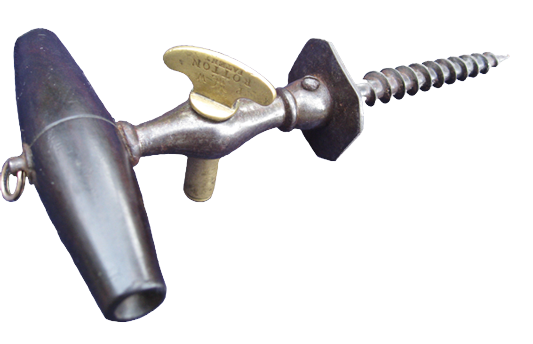
This piece is classified as a corkscrew rather than a champagne tap, due to it having a henshall type button. This button is in itself rare due to it being square with the corners cut off , rather than the normal circular shape. This button makes the piece an easer.
There is only one other corkscrew known to be made by “Rotton” which is a two pillar type. A date of 1770c as been suggested for this piece.
4. 18th Century “Singleton” Bow
A really beautiful “Singleton” type 18thc bow with raised decoration to the frame.Three steel collets are secured to the frame using faceted nail heads.
It is very rare to find faceted nail decoration on corkscrews. The ones on this bow are screwed into the frame rather than riveted, this is work of the very finest quality.
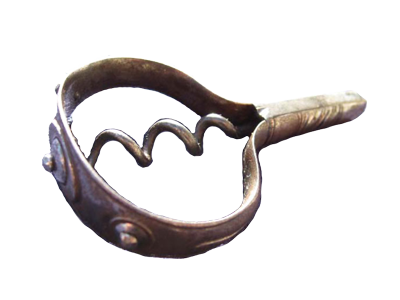
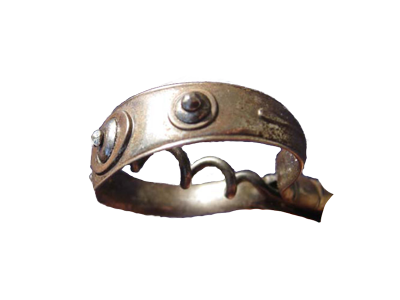
Matthew Boulton of Birmingham decorated many items with faceted nail heads. However,when the nail heads are ’screwed’ to the item, it is widely thought these items were made at Woodstock, Oxfordshire. The finest work was considered to be made here, the nail heads were more highly polished and screwed instead of riveted. They were screwed so that they could be removed for cleaning (see B Giulians “Corkscrews of the Eighteenth Century” for more information).
It is interesting that in the 18th century some steel items were valued as highly as gold and silver items. The work involved making items of this quality in steel would have been far more than similar items in gold or silver, due partially to the difficulties found working harder metals and the extra time required finishing these items.
5. Rare Variant of Hulls Presto Corkscrew
This variant of Charles Hull’s “Presto” corkscrew is a direct pressure corkscrew with a very similar mechanism to Hull’s Presto. It has a locking device or pin that locates at the top of a long groove in the brass tube or shaft of the corkscrew.
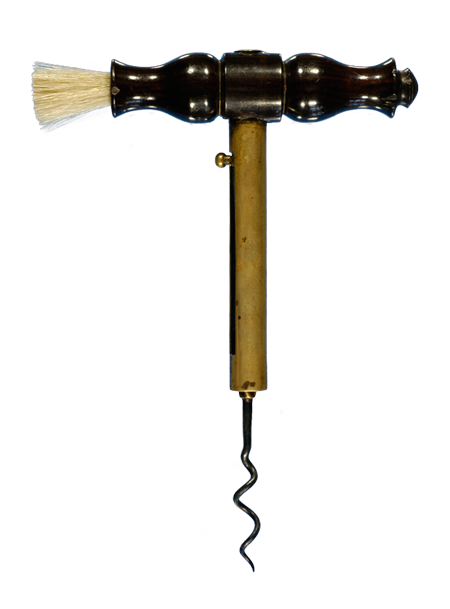
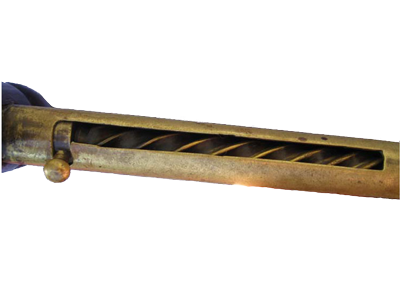
6. Alfred Vincent Newton Ratchet Corkscrew
Alfred Vincent Newton was granted a patent for a corkscrew which incorporated a ratchet mechanism in 1856. This example is superior to the ones found normally, it has a stunning bone handle and a nickel plated shaft and worm.
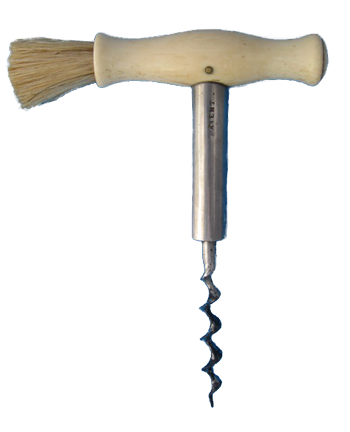
Marked patent on the shaft, the main concept behind this patent incorporating a ratchet device, is to enable the user to screw the worm of the corkscrew into the cork without removing the grip on the handle.
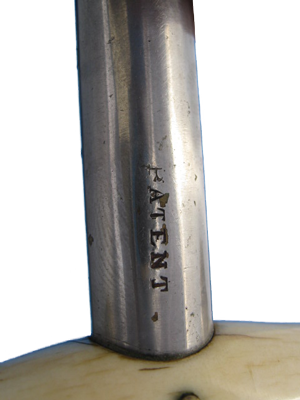
- ICCA Best 6 Corkscrews of 2009 (10/11/2011)
- ICCA Best 6 Corkscrews of 2008 (10/11/2011)

